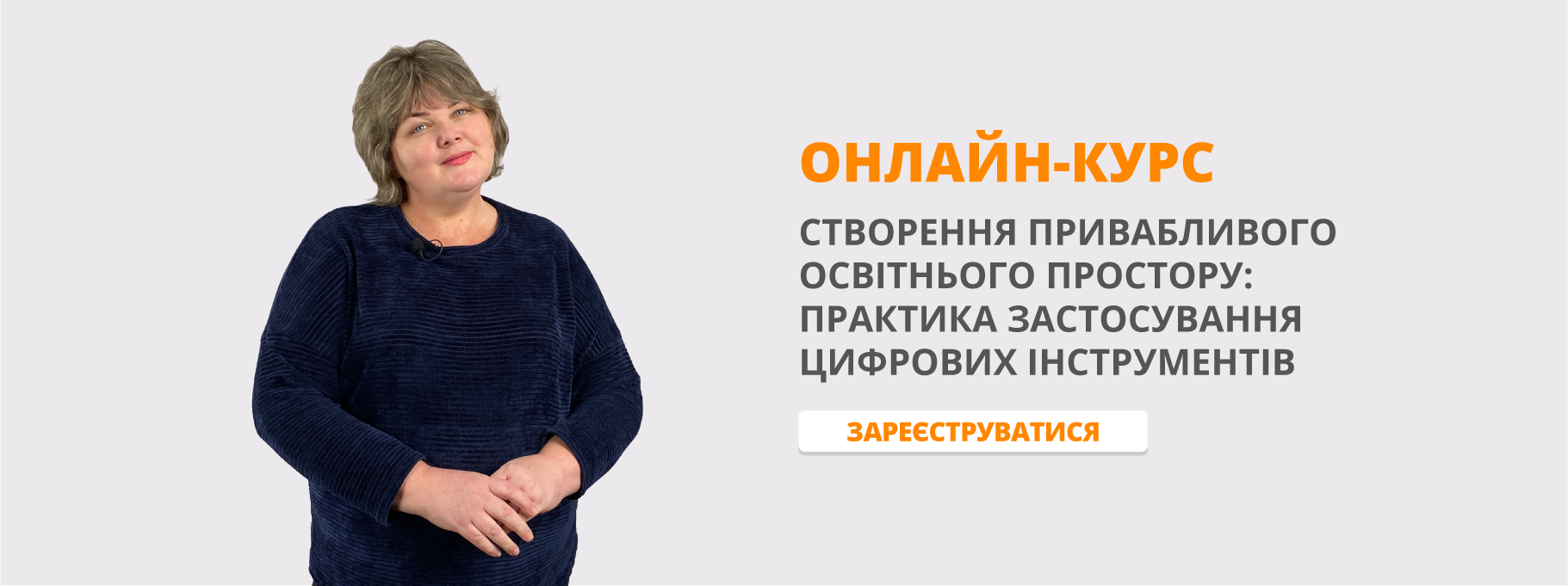Розробка уроку на тему «Canada Today»
Canada Today
Canada is a member of the Commonwealth of Nations, an association once governed by Great Britain. Today, it is an independent democracy with a federal form of government like the United States, combined with a cabinet system and Parliament like Great Britain.
The national government in Ottawa, Ont., takes care of matters that affect the nation as a whole. Canada is made up of 10 provinces and 2 territories. Each province has its own government; the national government helps administer the territories.
Because Canada is a member of the Commonwealth, the queen of England is also queen of Canada, but the Governor General acts as her representative. The Governor General once had great power but now performs only formal and symbolic duties. The prime minister heads the government.
The cabinet system of Canada combines the legislative and executive branches of government. Parliament is national legislature. It has two houses: the House of Commons and the Senate.
Members of the House are elected by the people to five-year terms unless a new election is called earlier. The prime minister is the leader of the majority party in the House of Commons. The prime minister recommends people for the Senate, and they are appointed by the governor general.
The office of prime minister is not established by law. It became a custom long ago when people saw that a leader was needed in this kind of government. The prime minister chooses as many as 40 ministers to head department in the Cabinet. The prime minister and the Cabinet run the government with the support of Parliament.
Parliament can control the actions of the prime minister by withholding support. Then the prime minister must resign or ask the government general to call a new election. In turn, the prime minister can control the actions of Parliament by asking for a new election.
The judicial branch of government is based on a constitution that is partly unwritten and partly written. The unwritten part is based mainly on custom, such as the cabinet system and the office of prime minister. The written part consists of Constitution Act of 1982, the British North America Act, and various laws and court decisions. The Constitution Act of the 1982 ended formal British control over amendments to Canada’s constitution. The British North America Act, which governed Canada from 1867 to 1982, established a powerful national government. Thought the years, however, the provinces became stronger and richer. Arguments about the division of power between federal government and provincial governments increased. Each province now controls such matters as education, administration of justice, town and city institutions, property, and civil rights.


про публікацію авторської розробки
Додати розробку
